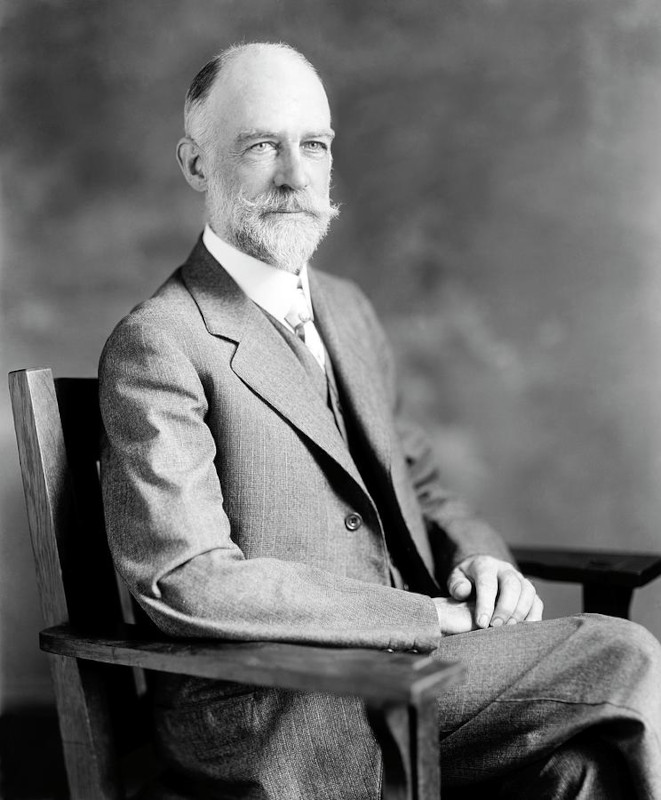William F. Durand
| William Frederick Durand | |
|---|---|
 |
|
| Born |
March 5, 1859 Beacon Falls, Connecticut |
| Died | August 9, 1958 (aged 99) |
| Residence | United States |
| Citizenship | American |
| Fields | Aeronautics |
| Institutions |
|
| Alma mater | |
| Thesis | Graphical representation of optical laws (1888) |
| Known for | pioneering research in aeronautics and propellers |
| Notable awards |
|
| Military career | |
| Allegiance |
|
| Service/branch |
|
| Years of service | 1876–1887 |
| Rank | Assistant Engineer |
William Frederick Durand (March 5, 1859 – August 9, 1958) was a United States naval officer and pioneer mechanical engineer. He contributed significantly to the development of aircraft propellers. He was the first civilian chair of the National Advisory Committee for Aeronautics, the forerunner of NASA.
A native of Connecticut, he was a member of the first graduating class of Birmingham High School in Derby, Connecticut (now Derby High School) in 1877. He graduated second in his class at the United States Naval Academy at Annapolis and received his Ph.D. from Lafayette College. He went on to teach at the Michigan State College, Cornell University and Stanford University, teaching that school's first course in Aeronautics, the second offered by any school in the country (the first was offered by the Massachusetts Institute of Technology). He helped rebuild Stanford after the 1906 earthquake, and the department of Aeronautical and Astronautical Engineering building bears his name. A memorial there reads: "His first professional assignment in 1880 was on the USS Tennessee, a full rigged wooden ship with auxiliary steam power. His last, 1942-46 was as chairman of the National Aeronautical Commission for the development of jet propulsion for aircraft."
He died in 1958 at the age of 99.
William Frederick Durand was born on March 5, 1859 in Beacon Falls, Connecticut. He was the fourth and youngest child and second son to William Leavenworth Durand and Ruth née Coe. When Durand was one year old his family moved to Derby, Connecticut. During high school Durand showed an aptitude towards mathematics, and took extra curricular studies from the principal in analytic geometry and worked as a surveyor's assistant. Durand's brother strongly recommended that he take engineering at the United States Naval Academy. The Academy's entrance exams at the time tested for familiarization with machine tools, so Durand dropped attendance in the spring semester of high school in 1876 to work in the tool room of a factory in Ansonia, Connecticut. Durand was one of five to graduate from the first high school graduating class.
...
Wikipedia
